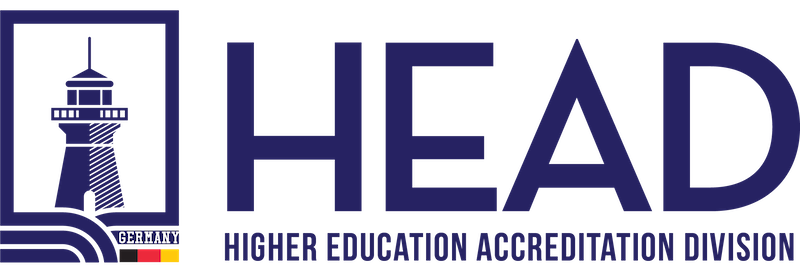The Importance of Identifying Internal and External Issues for Universities and Higher Education Providers

In today’s competitive higher education landscape, universities and higher education providers face numerous challenges in achieving their goals and meeting the needs of their stakeholders. To be successful, educational organizations must be aware of the internal and external factors that could impact their ability to achieve their intended outcomes. As such, it is crucial for educational organizations to identify the external and internal issues that affect their ability to achieve their objectives.
External issues are factors outside of the educational organization that could impact its operations and success. Examples of external factors include government regulations, market trends, technological advancements, economic conditions, and social and cultural changes. These external factors can have a significant impact on the success of the educational organization and must be identified and addressed.
Internal issues are factors within the educational organization that could impact its operations and success. Examples of internal factors include organizational culture, resources, capabilities, and structure. These internal factors can also have a significant impact on the success of the educational organization and must be identified and addressed.
To identify these internal and external factors, universities and higher education providers can conduct a SWOT analysis. A SWOT analysis helps identify the educational organization’s strengths, weaknesses, opportunities, and threats. This analysis can provide valuable insights into the organization’s operations and help identify areas where improvements can be made.
Once the internal and external issues are identified, the educational organization can develop strategies to address them. For example, if an educational organization identifies that it has a shortage of qualified faculty members, it can develop a plan to attract and retain high-quality faculty. The educational organization can also develop strategies to leverage new technologies, take advantage of market trends, and align its operations with government regulations.
Identifying internal and external issues can also help educational organizations fulfill their social responsibility. Educational organizations have a social responsibility to provide quality education that meets the needs of their students and the community. By identifying internal and external issues, educational organizations can develop strategies that align with their social responsibility, thus improving the quality of education provided.
Furthermore, identifying internal and external issues can help educational organizations remain relevant in a rapidly changing landscape. By identifying the latest market trends and adapting to changes in government regulations, educational organizations can ensure that their operations remain up-to-date and competitive.
Source: HEAD – Higher Education Accreditation Division
Would you like to speak to one of our Higher Education Accreditation Expert? Just submit your details and we’ll be in touch shortly. You can also email us if you would prefer.

